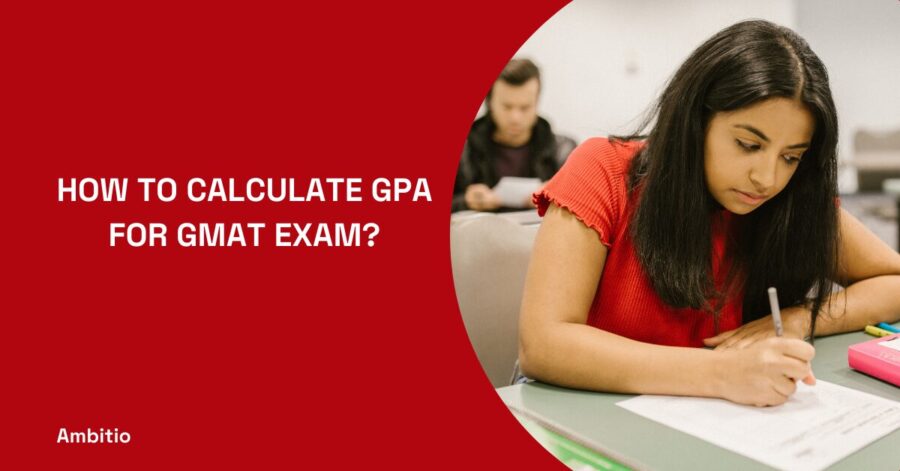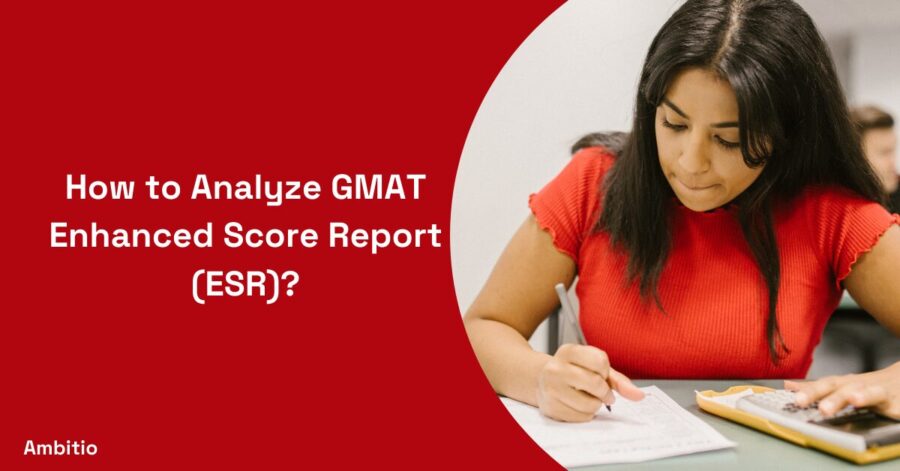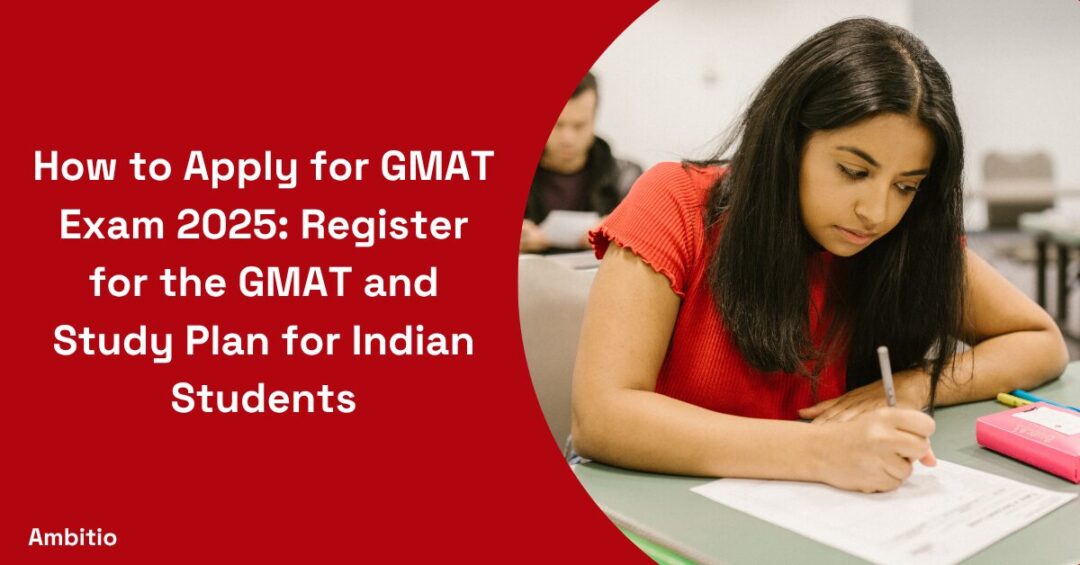3 September 2024
6 minutes read
GMAT Quant Questions: Free GMAT Sample Questions and Explanations

Key Takeaways
- Master the GMAT Quant by understanding its structure: 31 questions split between problem solving and data sufficiency.
- Practice is pivotal—utilize free GMAT sample questions to hone both your mathematical and reasoning skills.
- Time management is crucial; develop a strategy to efficiently navigate through questions under time constraints.
- Start preparing early, focusing on both strengths and weaknesses, to optimize your score and reduce test day stress.
Are you gearing up for the GMAT but finding the Quantitative section particularly daunting? You’re not alone. Many test-takers struggle with this crucial component, often feeling overwhelmed by the complex problems and time pressure. The good news? With the right approach and resources, you can master GMAT Math and boost your overall score.
That’s where our comprehensive guide to GMAT Quant questions comes in. We’ve compiled a selection of free practice questions, complete with detailed explanations, to help you sharpen your skills and build confidence. Whether you’re looking to refine your problem-solving techniques or need a better grasp of data sufficiency, this blog post is your go-to resource for GMAT Quant success.
What is the GMAT Quantitative Reasoning Questions Exam Structure?
The GMAT Quantitative Reasoning section is a crucial part of the test, assessing your problem-solving and data interpretation skills. This 62-minute section contains 31 multiple-choice questions, focusing on problem solving and data sufficiency. The quant section covers topics like arithmetic, geometry, and algebra, often presented as word problems, GMAT counting problems, or questions involving integers and permutations.
In Problem Solving questions, you select the correct answer from five choices. Data Sufficiency questions are unique – you’re given a question and two statements, determining if either statement alone is sufficient to answer the question, if both are needed, or if neither statement provides enough information.
To succeed, practice with free GMAT sample questions and take a diagnostic test to identify areas for improvement. This is how you can score above 750 in GMAT and get into your dream college. The GMAT focus is on reasoning rather than memorizing complex formulas. Remember, sometimes additional data is needed, while in other cases, one statement alone is sufficient. Familiarize yourself with various question types and everyday facts to boost your performance in the reasoning section.
What are the Skills and Strategies to Excel in Quantitative Reasoning Questions?

Mastering the GMAT quantitative section requires a blend of mathematical prowess and strategic thinking. The quantitative reasoning section tests your ability to analyze data and solve complex problems efficiently. To excel, familiarize yourself with the various types of questions you’ll encounter in the GMAT exam. Practice regularly with sample GMAT questions and use a comprehensive GMAT question bank to hone your skills. This is how you can excel GMAT for non-math background as well.
Time management is crucial, as you must answer all questions within the allotted time frame. Focus on understanding how questions are designed and what they’re really asking. Sometimes, the data given together are sufficient to answer the problem, while other times you’ll need to determine if you have enough information. Utilize practice tests to simulate exam conditions and identify areas for improvement.
Remember, the GMAT quant questions often require more than just math knowledge – they test your reasoning abilities too. Work through quantitative practice questions with detailed explanatory answers to understand the logic behind each solution. This approach will help you tackle even the most challenging quantitative problems on the actual test. Also, be sure to understand the purpose of GMAT as well as why GMAT exam is so important for your future to give you the right sense of direction.
GMAT Math Questions with Answers
Here are some sample GMAT quantitative practice questions:
GMAT Sample Question: Problem Solving
A certain company sells two types of widgets, A and B. The company sells 3 widgets of type A for every 2 widgets of type B. If the company sold a total of 100 widgets, how many widgets of type B did the company sell?
A) 20
B) 30
C) 40
D) 50
E) 60
The key to solving this problem is to set up an equation based on the given information. Let x = the number of widgets of type B sold.
Since the company sells 3 widgets of type A for every 2 widgets of type B, the number of widgets of type A sold is 3/2 times the number of widgets of type B.
So if x widgets of type B were sold, then the number of widgets of type A sold is 3/2 * x.
The total number of widgets sold is 100, so we can set up the equation:
3/2 * x + x = 100
5/2 * x = 100
x = 40
Therefore, the company sold 40 widgets of type B.
GMAT Sample Question: Data Sufficiency
A certain company has two product lines, X and Y. The revenue from product line X is twice the revenue from product line Y. If the total revenue from both product lines is $100,000, what is the revenue from product line X?
(1) The revenue from product line X is $60,000.
(2) The revenue from product line Y is $20,000.
A) Statement (1) ALONE is sufficient, but statement (2) alone is not sufficient.
B) Statement (2) ALONE is sufficient, but statement (1) alone is not sufficient.
C) BOTH statements TOGETHER are sufficient, but NEITHER statement ALONE is sufficient.
D) EACH statement ALONE is sufficient.
E) Statements (1) and (2) TOGETHER are NOT sufficient.
To solve this, we need to set up an equation based on the given information.
Let x = revenue from product line X
Let y = revenue from product line Y
We know that x = 2y, and x + y = 100,000.
Plugging in the first equation, we get:
2y + y = 100,000
3y = 100,000
y = 33,333So the revenue from product line Y is $33,333.Statement (1) alone is sufficient, since it tells us the revenue from product line X is $60,000.
Statement (2) alone is not sufficient, since we still need to know the revenue from product line X to answer the question.
Therefore, the correct answer is A.
When to start preparing for GMAT/GRE?
Timing is crucial when it comes to GMAT or GRE preparation. Ideally, you should start studying 3-6 months before your intended test date. This timeline allows you to thoroughly cover all sections, including the challenging GMAT quant section, without feeling rushed. Remember, questions in the GMAT are designed to test your reasoning skills, not just your knowledge. Make sure to choose the right GMAT books to help you in the process.
Your study plan should include regular practice with sample questions that mimic the actual test. Each practice session typically includes a question where you’ll need to determine if the given information alone is sufficient to answer the question asked. Keep in mind that GMAT is an adaptive test, so approach it that way.
Sometimes, using the data provided, you’ll find that one statement alone is not sufficient to reach a conclusion. Pay close attention to the answer choices and practice eliminating incorrect options. By starting early and maintaining a consistent study schedule, you’ll be well-prepared to tackle any question the GMAT throws your way.
Top Strategies for Getting a Perfect 800 GMAT Score

Achieving a perfect 800 on the GMAT is challenging, but not impossible. It requires dedication, smart preparation, and effective test-taking strategies. Start by thoroughly understanding the test format and question types, and choosing a GMAT beginners guide. Then, focus on your weaknesses while maintaining your strengths. Regular, timed practice is crucial to improve your speed and accuracy. Understand the benefits GMAT can offer you to fuel your prep sessions.
Develop a strategic approach to each section. For quant, master key concepts and practice efficient problem-solving techniques. In verbal, focus on critical reasoning and sentence correction. Don’t neglect the AWA and IR sections either. Take full-length practice tests under exam conditions to build stamina. Finally, work on your mental game – stay calm, manage time wisely, and approach each question with confidence. Remember, perfection comes from consistent effort and smart preparation.
Conclusion
Mastering the GMAT Quantitative section is achievable with the right strategies and resources. By familiarizing yourself with the exam’s structure, regularly practicing with sample questions, and developing efficient problem-solving techniques, you can significantly improve your performance. Remember, consistent practice and a solid understanding of the concepts are key to success.
Take advantage of the free resources available, such as sample questions and explanations, to boost your confidence and enhance your skills. With dedication and the right approach, you’ll be well on your way to achieving a great score on the GMAT and moving closer to your graduate school goals.
Transform your GMAT preparation with Ambitio’s expert guidance. Our comprehensive approach includes personalized study plans, adaptive practice tests, and strategic insights, all designed to enhance your understanding and performance across the exam’s quantitative and verbal sections.
FAQs
What topics are covered in the GMAT Quantitative section?
The Quant section covers arithmetic, algebra, geometry, and word problems, with a focus on problem-solving and data sufficiency.
How many questions are in the GMAT Quantitative section, and how much time do I have?
There are 31 questions in the Quant section, and you have 62 minutes to complete it.
What are the key differences between problem-solving and data sufficiency questions?
Problem-solving questions require selecting the correct answer from multiple choices, while data sufficiency questions ask you to determine if the information provided is sufficient to solve the problem.
How can I improve my time management skills for the GMAT Quant section?
Practice under timed conditions, focus on understanding question types, and develop strategies for quickly identifying and solving each problem type.
Are there any free resources for GMAT Quant practice?
Yes, there are many free resources available online including sample questions and full practice tests that provide a realistic experience of the GMAT Quant section.
When should I start preparing for the GMAT to ensure the best results?
Ideally, start preparing 3-6 months before your test date to allow sufficient time to familiarize yourself with the test format and practice extensively.

You can study at top universities worldwide!
Get expert tips and tricks to get into top universities with a free expert session.
Book Your Free 30-Minute Session Now! Book a call now




























